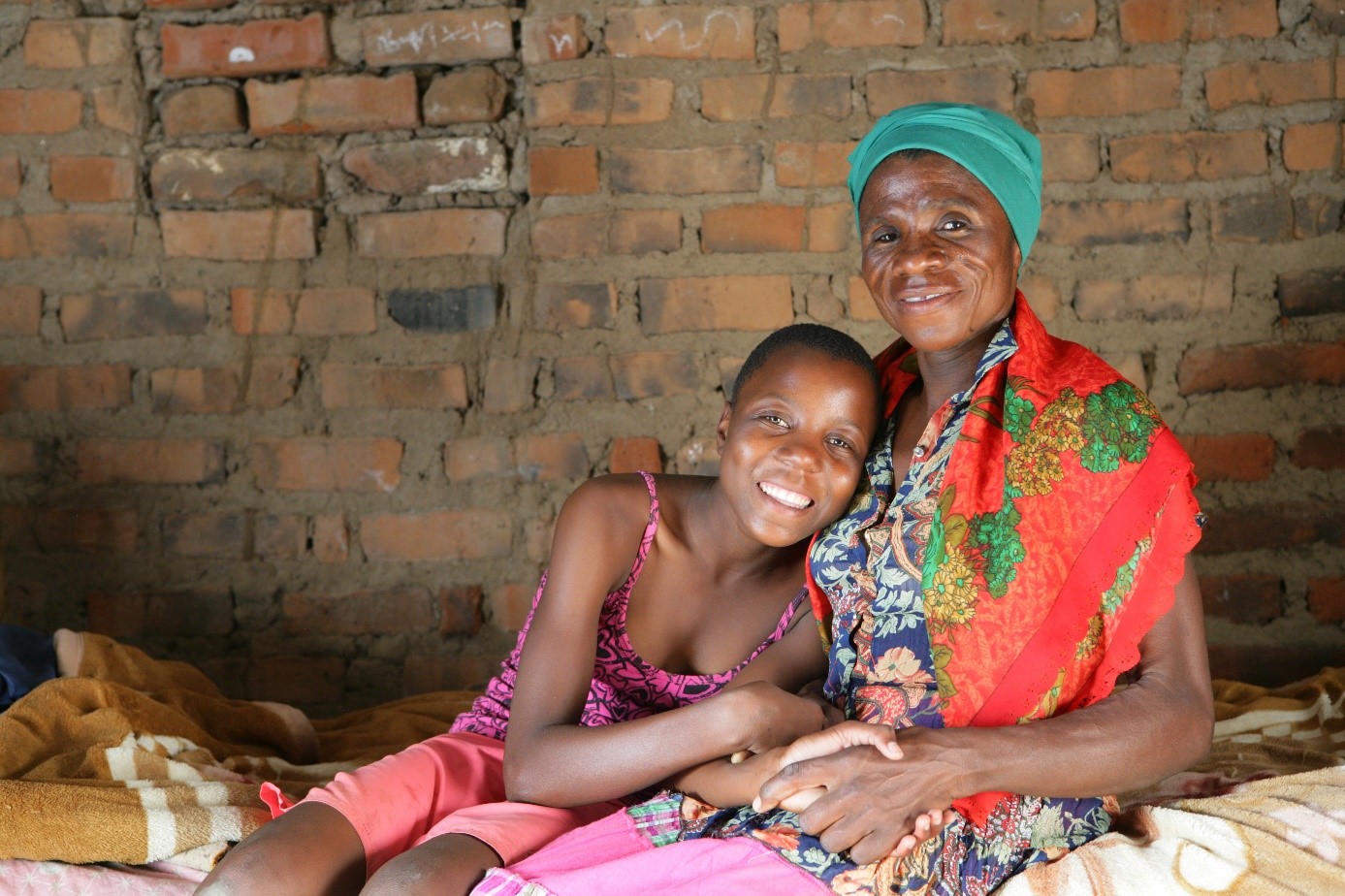Since 1988, December 1st has brought the international community together to raise awareness about HIV and AIDS, and show solidarity with all those affected by the disease. This year, the theme is the right to health – the right of everyone to the enjoyment of the highest attainable standard of physical and mental health. As explained by UNAIDS:
“This includes the right of everyone, including people living with and affected by HIV, to the prevention and treatment of ill health, to make decisions about one’s own health and to be treated with respect and dignity and without discrimination.”
Just as the SDGs are interlinked, the right to health is linked with other rights. For instance, we know that the risk of acquiring HIV drops the longer girls stay in school. The right to health can therefore not be fulfilled without the right to education. The same is true for a wider set of rights, and these must be addressed to ensure quality health care is available and accessible for everyone living with HIV and AIDS.

Photo: UNICEF/G. Pirozzi. HIV-positive Monica and her granddaughter Sympathy Tshuma 14, sitting at home on a bed in the village of Makuzeze, some 200 kilometres south of Bulawayo the second largest city of Zimbabwe.
Since 2000, new HIV infections have decreased by almost 40 per cent. In the same period, HIV-related deaths fell by one third. These are major steps forward, but there are still major challenges to address. Roughly two million people are infected each year and nearly 16 million people still lack access to treatment.
Norway is actively supporting actors who are addressing these challenges, such as UNAIDS and its co-sponsors, The Global Fund to Fight AIDS, Tuberculosis and Malaria, UNITAID, as well as a number of civil society organizations.
In the words of Michel Sidibé, Executive Director of UNAIDS: “For all the successes, AIDS is not yet over. But by ensuring that everyone, everywhere accesses their right to health, it can be.” On World AIDS Day 2017 join us in showing solidarity with the millions of people living with HIV worldwide.
